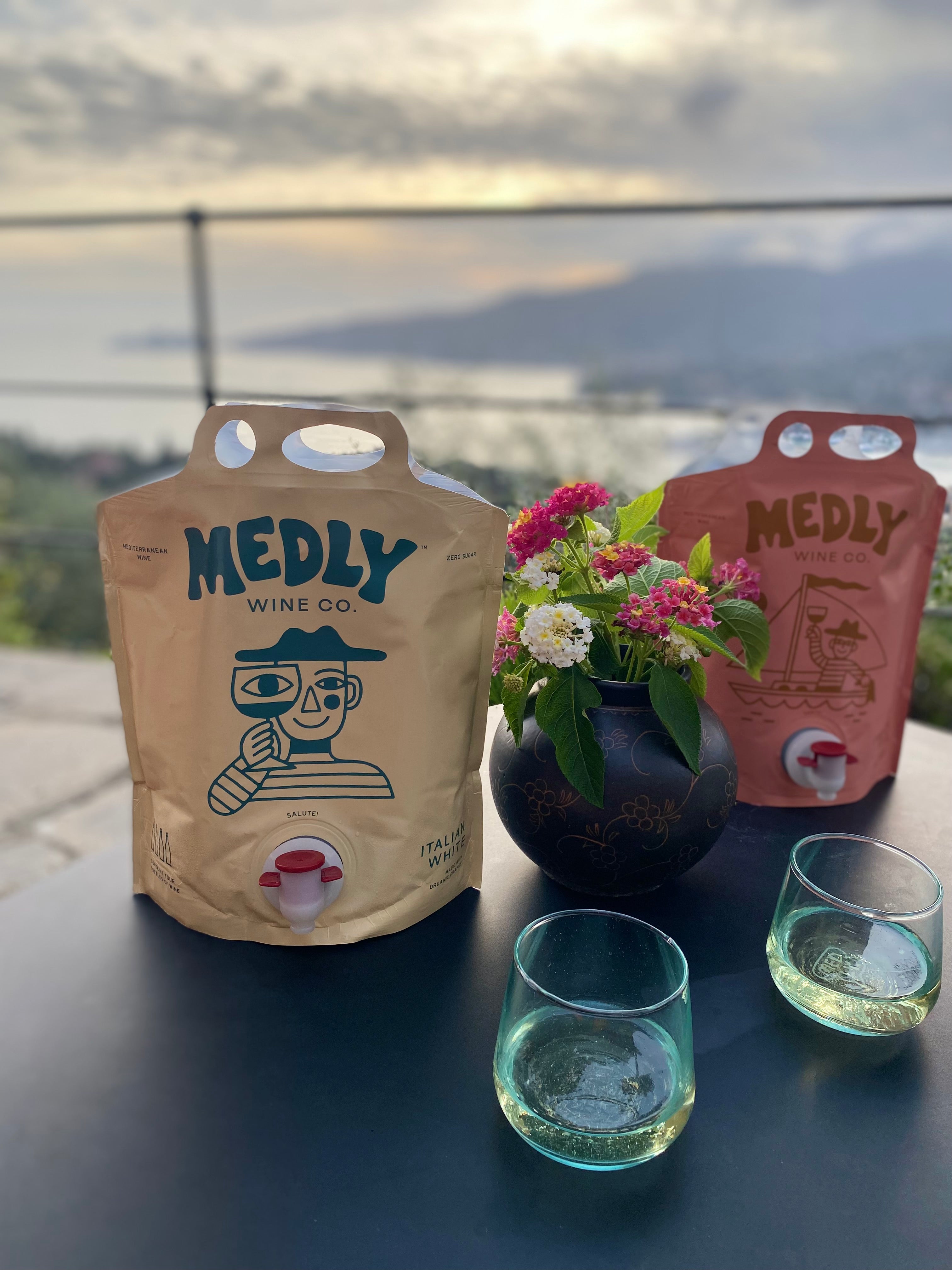In a world where industrial farming has led to soil degradation, loss of biodiversity, and climate change, regenerative agriculture offers a hopeful alternative. One of the leading forms of regenerative farming is biodynamic agriculture, a holistic approach that emphasizes working in harmony with nature to create healthy, self-sustaining ecosystems. Biodynamic farming goes beyond organic practices, focusing on the interconnectedness of soil, plants, animals, and even celestial rhythms. By enhancing biodiversity and restoring ecosystems, biodynamic practices pave the way for more resilient agriculture, healthier food, and a better planet.
Why Biodynamic Farming Is So Important
At its core, biodynamic farming seeks to create a bio-rich environment where soil health, biodiversity, and ecosystem functions are maximized. The idea is simple: use nature’s own regenerative systems to heal and maintain the land rather than relying on synthetic inputs that deplete resources. Biodynamic farmers emphasize natural composting, cover cropping, crop rotations, and the integration of animals into the farming system. All of this works together to regenerate the soil, allowing it to become more nutrient-dense and better able to support healthy plants.
One of the key scientific facts supporting biodynamic practices is the role of healthy soil in carbon sequestration. According to research published by the Rodale Institute, regenerative farming methods, including biodynamic practices, can capture and store carbon in the soil, helping mitigate climate change. Healthy soils can act as carbon sinks, pulling CO2 from the atmosphere and storing it underground. This is crucial as carbon dioxide levels in the atmosphere continue to rise.
In addition to capturing carbon, biodynamic practices improve soil structure and water retention. Studies have shown that farms using regenerative methods can increase organic matter in the soil, which leads to better water infiltration, less erosion, and more drought resistance. This means that in the face of climate change and unpredictable weather patterns, biodynamic farms are better equipped to adapt.
Moreover, the use of biodiversity as a tool for natural pest and disease control reduces the need for harmful chemical pesticides. By planting a variety of crops and fostering habitats for beneficial insects, birds, and microorganisms, biodynamic farms create balanced ecosystems that naturally keep pest populations in check. This not only reduces pollution but also produces healthier food, free from synthetic chemical residues.
Using Nature to Regenerate: A Mandatory Shift
The benefits of a bio-rich, biodynamic environment go far beyond agriculture. These farming systems contribute to healthier ecosystems by enhancing soil fertility, supporting pollinators, and promoting wildlife. Given the environmental crisis we’re facing, it’s clear that using nature to regenerate and create the best environments for all living things should no longer be a choice—it should be mandatory.
The current industrial agricultural model prioritizes short-term yields at the expense of long-term sustainability. It relies on synthetic fertilizers, pesticides, and monocropping, which strip the land of its natural resources. These practices deplete the soil of nutrients, disrupt the natural balance of ecosystems, and contribute to the loss of biodiversity. According to a 2017 United Nations report, conventional farming practices have already degraded a third of the world’s arable land. If we continue down this path, we risk losing the very foundation of our food system: healthy, fertile soil.
Regenerative and biodynamic farming, on the other hand, seeks to give back more to the land than it takes. It restores biodiversity and promotes resilience in agricultural systems, making it possible to grow healthy, nutrient-dense food without depleting the earth’s resources. If adopted on a global scale, regenerative farming could dramatically reduce agriculture’s environmental footprint, helping reverse biodiversity loss, mitigate climate change, and improve food security for future generations.
Given the urgency of these issues, governments should play a critical role in mandating and incentivizing regenerative agricultural practices. But the sad reality is that profit and greed often dictate what policies get prioritized.
Profit, Greed, and Government Subsidies: A Broken System
One of the biggest barriers to widespread adoption of biodynamic and regenerative agriculture is the powerful influence of profit-driven industries on government policy. For decades, large agribusinesses and chemical companies have pushed for subsidies and policies that favor industrial farming practices. These companies profit enormously from the sale of synthetic fertilizers, pesticides, and genetically modified seeds—tools that are antithetical to biodynamic and regenerative principles.
In the U.S., for example, the vast majority of government subsidies go to large-scale industrial farms that grow monoculture crops like corn and soy. According to data from the Environmental Working Group, from 1995 to 2020, nearly 40% of all U.S. farm subsidies went to the top 1% of farms—those practicing conventional, industrial farming methods. Meanwhile, small, organic, and regenerative farms struggle to compete and often don’t receive the same level of government support.
The result is a broken system in which the most environmentally harmful farming practices are rewarded while sustainable, regenerative farming remains underfunded and overlooked. This prioritization of profit over sustainability not only damages the environment but also affects your choices as a consumer.
How It Affects Your Choices and Overall Health
The over-reliance on industrial farming and synthetic inputs has direct consequences on your health and the quality of the food you eat. Conventional agriculture often results in food that is lower in nutrients and higher in chemical residues. Multiple studies have shown that organically grown foods tend to have higher levels of antioxidants and micronutrients compared to conventionally grown produce. For example, a study published in the British Journal of Nutrition found that organic crops had significantly higher concentrations of antioxidants than their non-organic counterparts.
In addition to being less nutritious, conventionally farmed products are often tainted with harmful pesticide residues. These chemicals can have a cumulative effect on human health, with links to conditions like cancer, hormone disruption, and neurological disorders. When you buy food grown through biodynamic or regenerative practices, you are choosing nutrient-rich, chemical-free products that are better for your body and the environment.
Unfortunately, the influence of agribusiness on government policies means that the healthiest and most sustainably grown foods are often more expensive and harder to access. Without adequate government support for regenerative agriculture, biodynamic products remain niche, often out of reach for the average consumer.
A Call for Change
The global agricultural system is at a crossroads. We can continue down the path of industrial farming, which prioritizes short-term profits at the expense of the environment and human health, or we can embrace regenerative practices like biodynamic farming that work in harmony with nature. The latter not only protects our planet but also ensures that future generations will have access to nutrient-dense, healthy food.
It’s time for governments to realign their priorities and begin subsidizing sustainable farming practices that regenerate the earth, rather than destroy it. As consumers, we can help push for this change by supporting local, organic, and biodynamic farms and demanding that our policymakers do the same. Together, we can build a food system that values health, biodiversity, and long-term sustainability over short-term profits.





